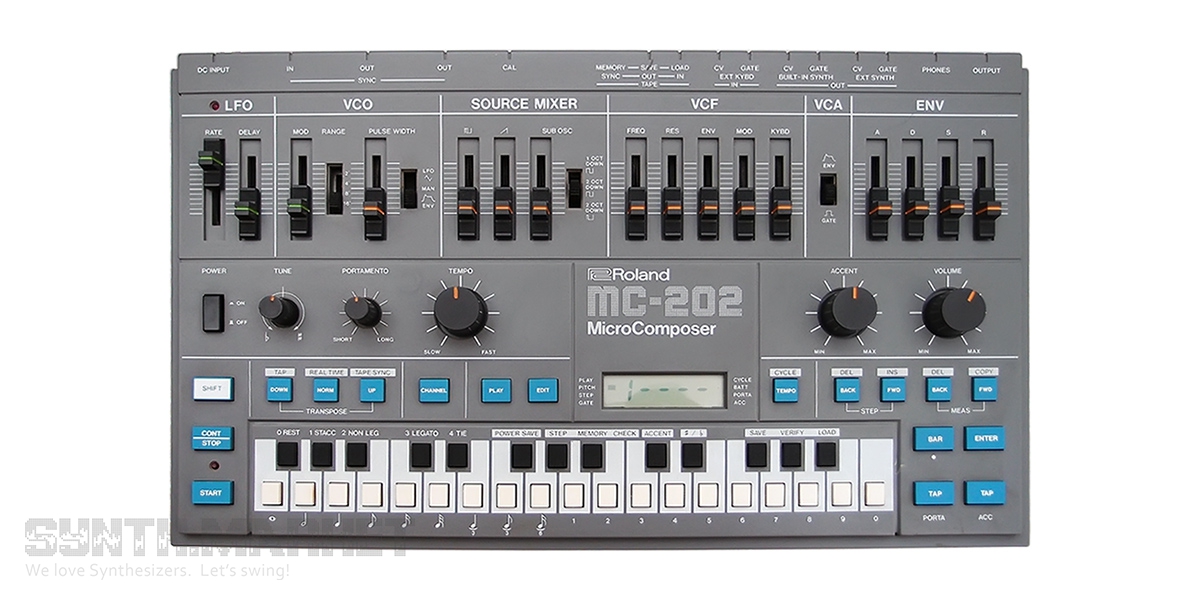Product Images: click to view fullsize version.


Roland MC-303 Groove box 250.00 U.S.Dollars
Roland MC-303 was released in 1996, and is the first groovebox in the series. It embraces a combination of synth timbres, drum machine samples and a built-in sequencer. Its synth part is represented with a rompler which stores a wide range of sounds...

Roland MC-505 Groove box 350.00 U.S.Dollars
The release of MC-505 took place in 1998. Groovebox is based on the same core as the JV series instruments are, and shares a lot with the JV/XP synthesizer lines. MC-505 is designed for aggressive genres of music, like techno, and for this purpose the...

Roland MC-808 Groove box 500.00 U.S.Dollars
The Roland MC-808 represented in 2007 a bold move in the legendary Roland Groovebox dynasty, delivering a powerful combination of sampling capabilities, synthesis, and sequencing in a transportable, performance-oriented package. Building upon the...

Roland MC-909 Groove box 700.00 U.S.Dollars
In 2003, MC-909 was released by Roland. Its sound core is based on a series of synthesizer modules "XV", and the internal memory is limited to 272 MB. The professional device includes 800 patches, 693 waveforms, and a "SRX" expansion. Among its...

Roland SH-101 Monophonic Analog Synthesizer/ Keytar 1 000.00 U.S.Dollars
The Roland SH-101 is a highly thought about monophonic analog synthesizer released by Roland in 1982. It is known for its simple yet powerful design, and its ability to create a wide variety of sounds. It is often used in genres such as techno, house,...
















